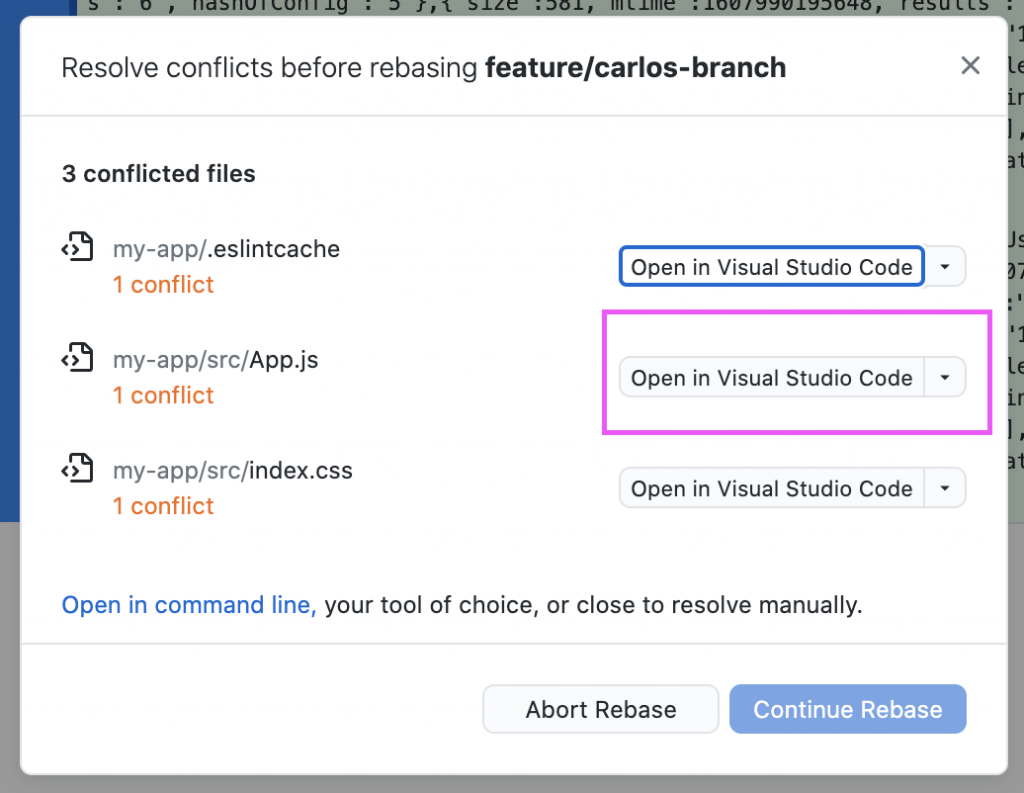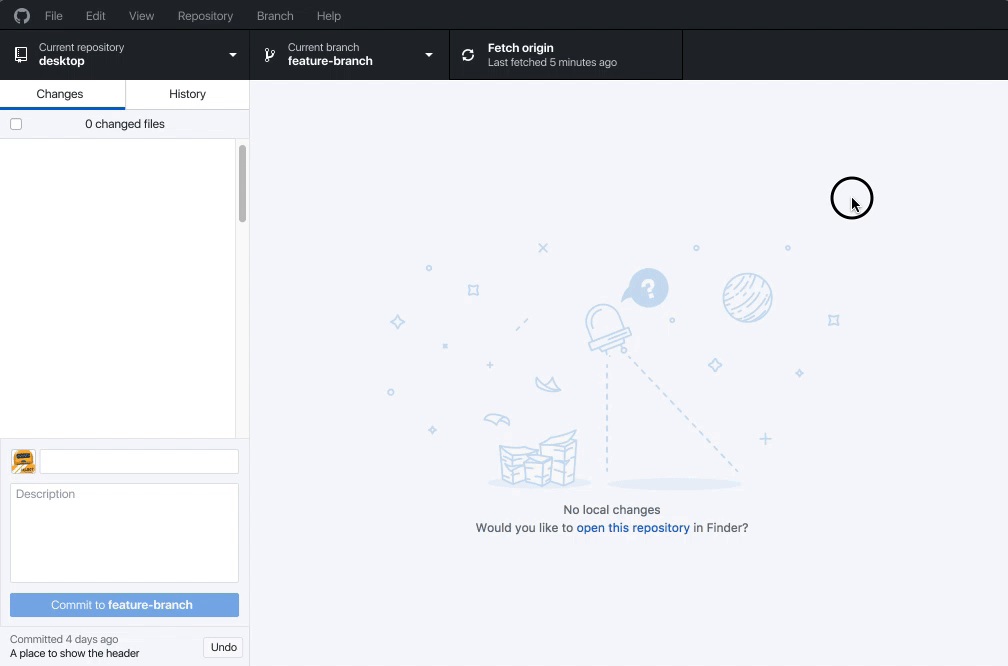

For rebasing which might be more preferable, do the following:

Otherwise, ff the current branch has commits ahead of the fork, then of course one has to create a merge commit or rebase and force push. Search for upstream/, then click Merge upstream/ into Go to Branches by clicking on where it says Current BranchĬlick on Choose a branch to merge into at the bottom If the current branch does not have any commits ahead upstream (the original repo of the fork), the new commits can be pulled without creating a new merge commitĬlone your repository from File > Clone Repositoryįetch origin, which will automatically fetch the upstream as well This is feasible with GitHub Desktop since version 1.0.7 considering the following: You can then resume the steps I describe above, and change the base of your current PR to your own (now refreshed) master branch, and see if you can rebase it! The end result is: your own master branch (in your fork) updated with upstream/master (the master branch of the original repository)! You can the create and merge it with the “Merge Pull Request” button (and “Confirm Merge” afterwards): the merge will be trivial: no merge commit. That is the step which artificially forces upstream/master to be refreshed doing a base switch before creating the PR.creating a new branch from your current master (which would be at upstream/master at the time you forked the original repository).there might be a trick to do it (update upstream master in your fork) through web UI: see "Quick Tip: Sync a Fork with the Original via GitHub’s Web UI" by Bruno Skvorc The very first step is typically done through command line, but. finally, change the base branch again, to /master (which is the intended target of your PR).Since you are the owner of that repository (your fork), GitHub can then show you if you can rebase said branch to the base branch of the PR ( master), but only if there is no conflict.Meaning: master in your fork represents the updated upstream/master, with upstream being the original repository that you have forked. change the base branch of your current PR to master (so a PR within the same repository: your own fork), provided you haven't pushed to master.to fetch, then push upstream/master to the master branch of your own fork (a CLI operation, but more on that below).

For example GitKraken and interactive rebase) But that is a frontend to Git CLI, like other tools provide. (This differs from GitHub Desktop, which, since June 5th 2019 does support rebasing. if none of the replayed commit introduces a conflict.if you are the maintainer of the original repo, wanting to integrate a PR branch.Rebasing through GitHub web UI is actually possible, since Sept. Not directly with GitHub web UI alone, since it would involve rebasing your PR branch on top of upstream/masterīut in less short.


 0 kommentar(er)
0 kommentar(er)
